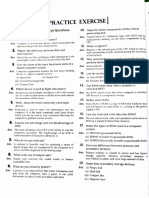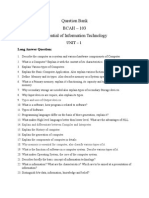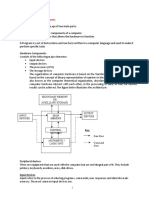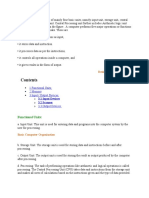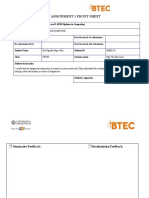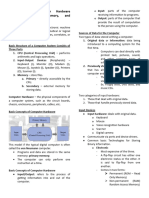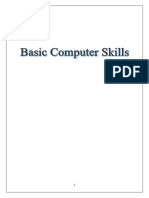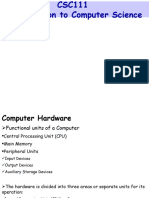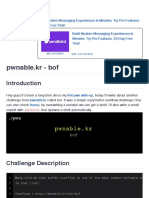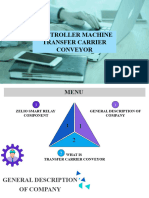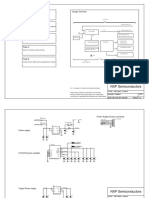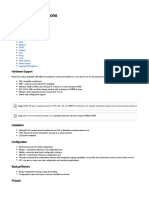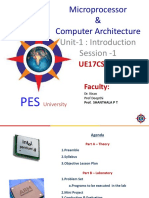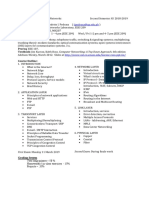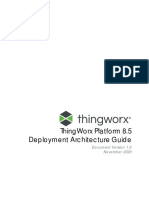0% found this document useful (0 votes)
61 views3 pagesComputer System Basics Guide
The document outlines the components and functions of a computer system, focusing on the CPU, its components (ALU, CU, Registers), and the differences between RAM and ROM. It also describes peripheral devices, including input, output, and storage devices, as well as the function of a scanner and monitor. Additionally, it details the configuration of HDDs and various units of memory.
Uploaded by
The Bruno GamingCopyright
© © All Rights Reserved
We take content rights seriously. If you suspect this is your content, claim it here.
Available Formats
Download as PDF, TXT or read online on Scribd
0% found this document useful (0 votes)
61 views3 pagesComputer System Basics Guide
The document outlines the components and functions of a computer system, focusing on the CPU, its components (ALU, CU, Registers), and the differences between RAM and ROM. It also describes peripheral devices, including input, output, and storage devices, as well as the function of a scanner and monitor. Additionally, it details the configuration of HDDs and various units of memory.
Uploaded by
The Bruno GamingCopyright
© © All Rights Reserved
We take content rights seriously. If you suspect this is your content, claim it here.
Available Formats
Download as PDF, TXT or read online on Scribd
/ 3

